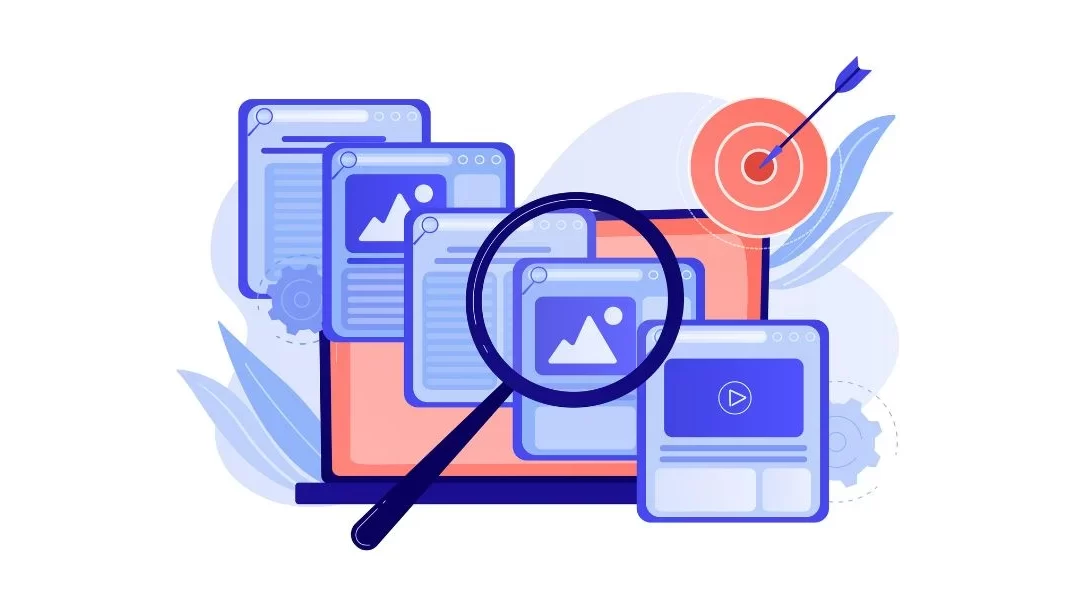As content marketing becomes more and more popular, businesses must produce content of all types at a fast rate. But what good is it if your content can’t be found? Your target audience should be able to find your content, otherwise it won’t be successful, which is why content optimization is a vital component of marketing and is key to successful inbound marketing.
What is Content Optimization?
Content optimization is the process of refining your content as effectively as possible to meet the desired goal, whether it’s turning leads into conversions, or ranking #1 on the first page of Google. In other words, content optimization is all about improving the quality of content to deliver the best content for the right audience. This involves optimizing the writing, user experience, engagement, and search engine optimization (SEO). When your business optimizes content, the content will convert more leads or more sales than non-optimized content. The key is to keep your target audience in mind. You don’t want your customers to move on after viewing a piece of content and feeling like it was a waste of time.
Why is Content Optimization Important?
What’s the point of optimizing your content? Optimization is essential because it gives your content the best chance of succeeding. Millions of blogs are posted every day; what makes yours stand out? Even when people do look at content, they usually don’t stick around for a long time: most of them make it halfway. When your content stands out, it is more likely your target audience is going to come across it and engage with it.
How? By creating content that they genuinely care about.
For example, if a potential customer has a question and comes across your company’s blog post, they are more likely to read the post; they even might share it with their friends. Optimizing content also builds trust with your audience, especially if you post a blog that is helpful and informative to the viewer.

Optimizing your content on search engines involves focusing on different elements.
Techniques for Content Optimization
Content marketing optimization is necessary to ensure your blog matches the reader’s intent. It’s important to use optimization tactics in your overall content marketing strategy by focusing on the quality and readability of the content. This includes:
- creating engaging and attention-grabbing headlines
- using short sentences and paragraphs
- using subheadings and bullet points
- using images and graphics
To optimize your content on search engines, you will need to focus on different elements of the content, using appropriate keywords throughout the blog including the page title, URL, Headings, metadata, and alt tags. In addition to these elements, quality is an important factor to keep in mind. Search engines try to match relevant pages to the intent of the search query. Using content optimization tools can benefit your business: heat maps, for example, help you understand where each user scrolls and how visitors interact with the page. Content optimization is all about building content strategies tailored to your business.
Key to Content Optimization
Learning how to optimize your content will take time and it isn’t easy, but it is vital for every business, no matter the size. Optimizing your content as part of your overall marketing and sales strategy will help you attract, engage, and delight your customers. Our team at Sharp Wilkinson has years of experience creating and optimizing content for our partners. Take a look at our Inbound Marketing strategy and schedule a free consultation to learn more about what we can do for you.
![20250616_SPW_SEOSmallBizGuideCTA • Sharp Wilkinson Boost Your Online Visibility! Unlock the secrets to a top-ranking website with our FREE SEO Guide for Small Businesses. [Download Your Guide Now!]](https://sharpwilkinson.com/wp-content/uploads/2025/06/20250616_SPW_SEOSmallBizGuideCTA-1024x512.png)





